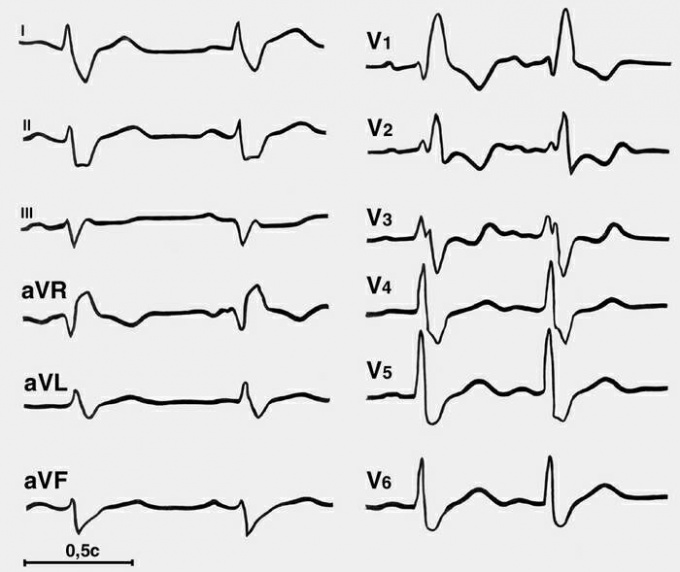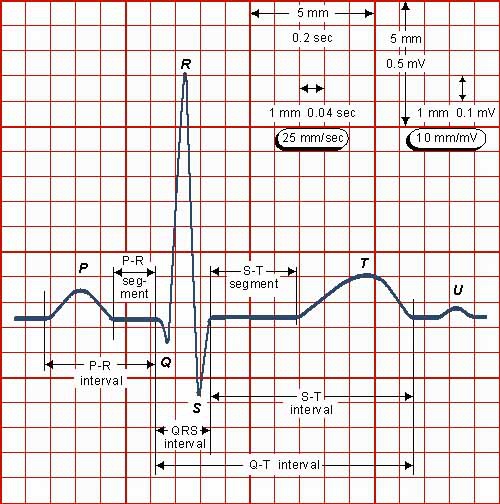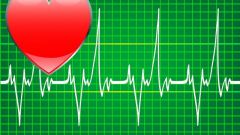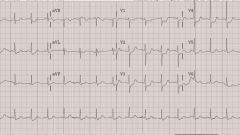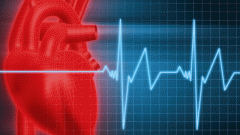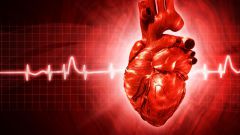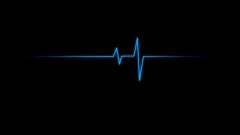Instruction
1
Check the correctness of the logging technique. When recording an ECG should not be interference and current guidance. The value of the control millivolt should be 10mm.
2
Analyze the heart rhythm for regularity and heart rate, identify the source of excitation and conduction. The regularity of heartbeats to determine the relative duration of intervals R-R. If the right rhythm heart rate calculated by dividing 60 by the R-R interval expressed in seconds.
3
Determine the electrical axis of the heart by calculating the algebraic sum of the amplitudes of the teeth of the QRS complexes in any two leads from the extremities, such as I and III standard leads.
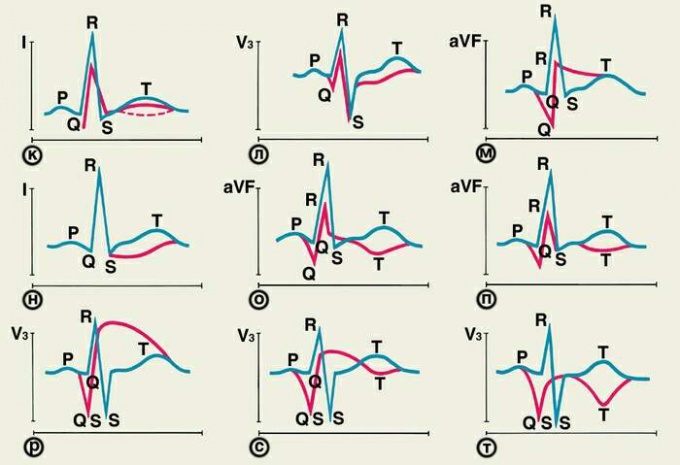
4
Consider and analyze the atrial tine P. Measure the amplitude of the prong of the contour to the top of the tooth, it should not exceed 25 mm. Determine the length of the prong from its beginning to the end, in a healthy person, it is 0.1 s.
5
Measure the interval PQ, showing the rate of momentum transfer from predserdii to the ventricles. It should be in the interval from 0.12 to 0.1 seconds. Analyze the ventricular QRS complex by measuring the amplitude and the duration of each prong in the complex. The width of the entire stomach complex should not exceed 0.1 S.
6
In the analysis of the T wave reflects the phase of refractoriness or relaxation of the heart muscle, determine the polarity (direction), evaluate and measure the amplitude. Normally, this tooth needs to be positive, to have the same direction as the main prong of the ventricular complex to have sloping rising and a few more cool downward the knee.
